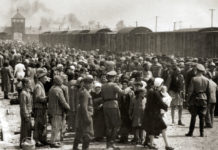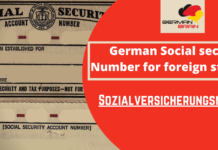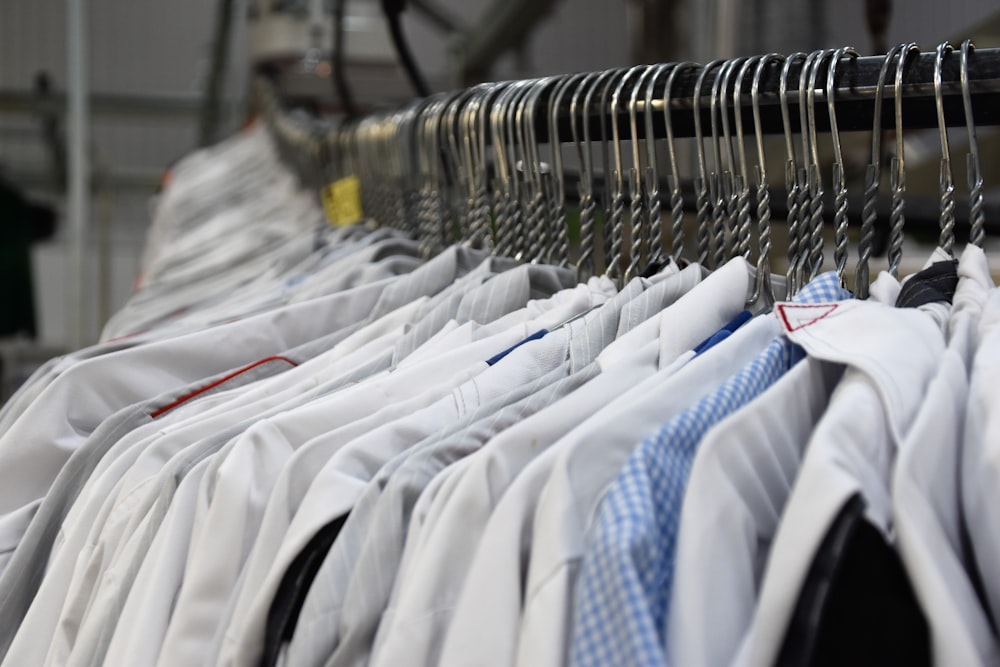Ah! Germany! The land of avant-garde fashion. From introducing and manufacturing the infamous brands like Adidas and Puma to lesser-known brands like Dorothy Schumacher, one thing is noticeable, that is Germany likes it sporty. However, we can also claim that Germans like to keep it sporty and casual. For decades, Germany has remained ambidextrous with its approach to Fashion. Nonetheless, its preference for domestic brands can’t be denied, despite the nation being home to some of the famous brands like H&M. It can also be understood that they have a preference for ready to wear fashion and streetwear. It also conducts the Bread and Butter fair in Berlin twice annually, which has remained as the world’s most dominated fashion fairs.
Despite the local brands thriving the markets, with few premium stores such as Mytheresa, The Corner, Voo Store and Anita Hass there are relatively few wholesale options for contemporary high-end brands. The retailed situation is subtly nuanced in Germany when compared to its European contemporaries.
Just to sum up its most famous brands that are ubiquitous, here is a list of all the brands that are of German origin:
- BOSS
- PUMA
- JOOP!
- Adidas
- MCM
- Bruno Banani
- Jil Sander
- Triumph
- Valeri
- Jack wolfskin
- Marc O’Polo
- Tom Tailor
- s. Oliver
- Esprit
- Buffalo
- Rohde
- Ulla Popkin
- Wunderkind
- Schiesser
- Fendi
- Channel
- H&M
- Macy’s
- Falabella
- Hogan
- Jean Patou
Infamous German Fashion Designers:
- Karl Otto Lagerfeld
- Hugo Boss
- Wolfgang Joop
- Jil Sander
- Michael Michalsky
- Etienne Aigner
- Tomas Maier
- Robert Geller
- Philipp Plein
- Rudolph Moshammer
- Torsten Amft
- Uli Herzner
- Gabriele Strehle
- Christoph Tisch
- Willy Bogner
- Rudolf
- Adi Dassler
Some of the most preferred and important hubs of fashion in Germany under its roster:
- Cologne
- Hamburg
- Munich
- Düsseldorf
- Herzogenaurach
- Schorndorf
- Detmold
- Albstadt
- Chemnitz
- Metzingen
Demand in the suburbs & retail outlets/stores:
German sales are comparatively high in the suburbs or outside the cities. They are more concentrated in the countryside. That’s one of the noticeable differences in Germany when compared to its contemporaries like France and Italy where most of the population prefers shopping in the metropolitan areas. In Germany, there are several extremely well-led premium stores in the countryside with several thousand metres of retail space.
Some of the examples of retail stores in the countryside are:
- Lochner Top Fashion
- Burghausen
- Upper Bavaria
Baudach & Schuster in Spremberg, which is a little town in a place called Brandenburg.
- Peek & Cloppenburg
- Ulla Popken
- Karstadt
- Kaufhof
- New Yorker
E-shopping/ Online shopping/ E-commerce:
It is not novel that Germans are eager online shoppers and have pretty high expectations when it comes to online shopping. What is noteworthy is apart from the regular and ubiquitous “free shipping” option that is available at every e-commerce website, German e-commerce websites have a “buy now and pay later” option. These above standards are adhered to and it is also said that the return rates are high because of the buy now and pay later policy. It shows us that Germans prefer high-quality and that they constantly demand acceptable and favourable prices. The most used e-commerce websites of Germany are Otto and Zalando. They amass various in-house fashion brands of their own.







































